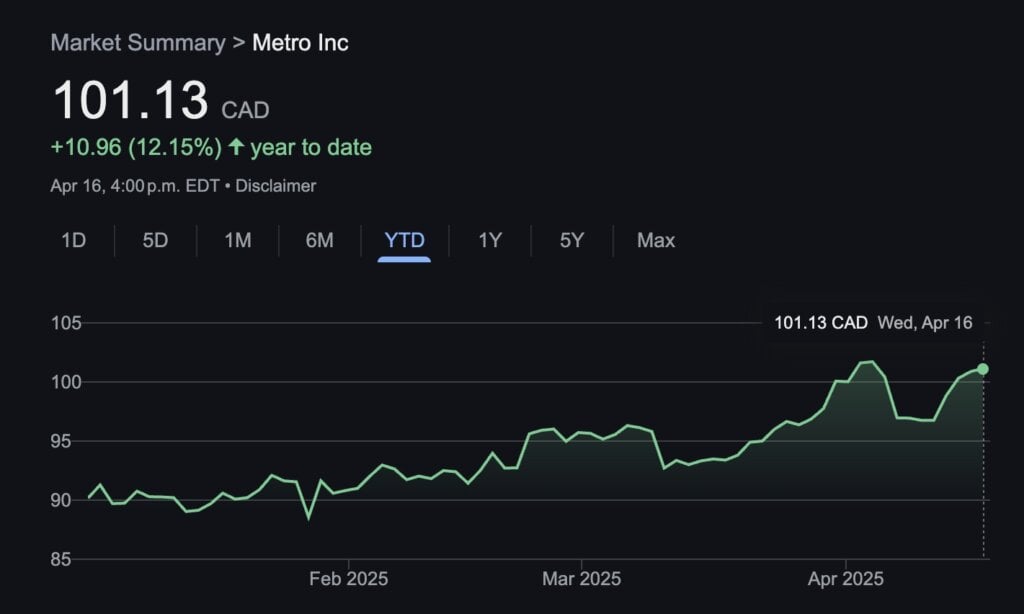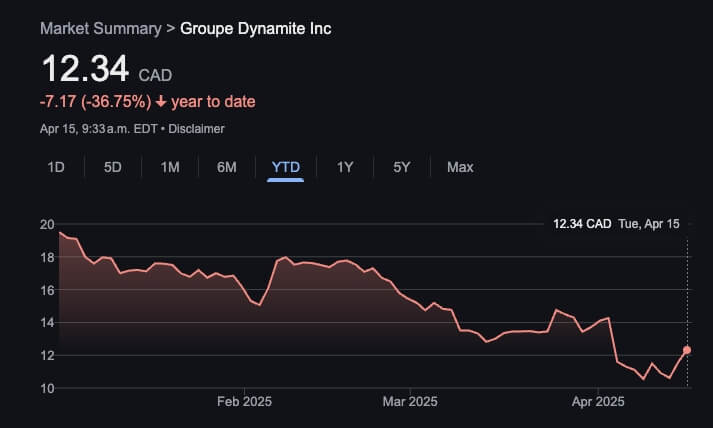“Agility isn’t a tactic, but it’s our mindset,” he said on a call with analysts who were told no less than 12 times that “agility” is the company’s current mantra.
Its adoption of that modus operandi has come as apparel retailers have been plunged into a world of uncertainty because of tariffs the U.S. has been imposing on dozens of countries.
Many of the duties have targeted Canada, while others are aimed at giants in the clothing manufacturing world such as Bangladesh, Cambodia, China, India, Indonesia, Malaysia, Pakistan, Turkey and Vietnam.
International brands worry the tariffs will dampen consumer spending and make production and shipping more expensive, forcing them to pass along elevated costs to consumers.
Lutfy thinks his company is well positioned to weather the storm, in part because it has raised its prices “successively through the years at a rate much faster than the rate of inflation.”
“I know that’s not going to change any time soon,” he said.
However, consumers may become less able to absorb such increases as the tariff war wears on, putting pressure on their wallets and causing some to rethink discretionary purchases like clothing.
While Lutfy acknowledged “there’s anxiety out there,” he saw apparel as being a more immune category than Jet Skis, cars and furniture, which he pointed out people often buy with debt financing.
“In these recessionary times, often enough, a cute, $30 top that puts a big smile on your face is sometimes just what it takes to get you through the week,” he said.
He is so confident in the average consumer’s interest in buying clothes even during a difficult economic period that he said, “I actually do like these times.”
“I don’t have an issue with it,” he said. “As a matter of fact, we see it as an opportunity to take market share.”
To accomplish that task, the company has been shifting its supply chain away from China and toward Bangladesh, Cambodia and Vietnam.
The company had long been planning to “de-risk” itself by moving away from China, but the tariff talk “escalated” the plan, Groupe Dynamite’s president and chief operating officer Stacie Beaver said on the same call as Lutfy.
It was also coupled with a decision to sign an agreement with a third-party logistics provider to open a U.S. warehouser this July that Groupe Dynamite hopes will speed up shipping times.
The window Groupe Dynamite offered into its operations came as it reported a fourth-quarter profit of $31.0 million, up from $28.6 million a year earlier as its revenue rose 13%.
That profit amounted to 28 cents per diluted share for the 13-week period ended Feb. 1 and was up from a profit of 27 cents per diluted share in the company’s fourth quarter a year earlier which included 14 weeks.
Revenue for the quarter totalled $271.8 million, up from $240.3 million.
Groupe Dynamite attributed the growth to a 9.5% increase in comparable store sales and contributions from new stores.
On an adjusted basis, Groupe Dynamite said it earned 33 cents per diluted share, up from an adjusted profit of 28 cents per diluted share a year earlier.














